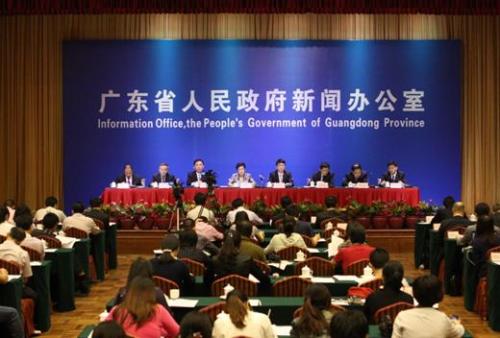
With the implementation of the national brand strategy, companies compete fiercely for the brand's market share. Guangdong Province Higher People's Court issued today the ten cases of the Guangdong Court's 2013 intellectual property judicial protection. The Guangzhou Food Group v. West Gate Family Garden Co., Ltd. "Lianxiang Lou" trademark licensing contract dispute, the essence of the dispute is the commercial value of the old brand.
According to Xu Chunjian, deputy dean of the Guangdong Provincial Higher People's Court, due to the increasing weight of brand value in corporate profits, behind numerous lawsuits involving infringement of trademark rights involving well-known brands, the parties compete for ownership of high-value brands.
In the cases of Qihoo Corp. v. Tencent Corp. and Jinxing Corp. v. Microsoft Corp. abuse of market dominance status disputes, the operators questioned and challenged the status of market leading companies and the influence of such status on fair competition. All of the above reflect the increasingly fierce competition in the domestic market. Operators' aversion to the "jungle principles" and strong expectations for establishing a fair and orderly market competition order clarified that the healthy development of the Internet requires an orderly market environment and a clear market. Competition rules are guaranteed.
“Huawei Corporation v. U.S. Interactive Digital’s disputes over the use of standard-essential patent royalties and the abuse of market dominance, reflects the continuous innovation in the technological revolution and business model, and brings new challenges to the existing intellectual property legal norms.†Xu Chunjian stated that technology is fast The conflicts and disputes brought about by development have made the lagging of current legal norms more prominent. Huawei Inc. v. U.S. Interactive Digital Inc.'s disputes over the use of standard-essential royalty fees and abuse of market dominance. High-tech companies with standard patent rights rely on patent standards to maintain their leading position in the industry. The court determines how to determine the necessary royalties. For the first time, FRAND’s “fair, reasonable, and non-discriminatory†principle is applied as the basis for the referee.
In the ten cases, Shanghai Songchuan Yuanyi Co., Ltd. and Sichuan University v. Huang Wei’s case of patent ownership disputes, and the ownership of patented technologies that were further developed after the acquisition of other people’s technical secrets was not clearly defined in the Patent Law, requiring the judge to creatively Apply existing legal rules and rules to refer to the treatment.
"The promotion of the purchasing of 'Mei Xin Xi Cake' violated the trademark rights and unfair competition disputes. The court accurately defined the nature of the online shopping service in the judgment." Xu Chunjian said that he clearly did not engage in production activities and did not change the name of the purchasing service product. , trademark and other identification information, thus determining that network purchasing behavior does not infringe the exclusive right to use registered trademarks, but if there is false propaganda on the purchasing website, it constitutes unfair competition. The judgment in this case has effectively safeguarded the legitimate rights and interests of the parties and maintained a fair and orderly market economic order.
The magnetic buzzers (Self-drive Type) offer optimal
sound and performance for all types of audible alert and identification. Our
Magnetic Buzzer solutions are offered with various mounting options. We also
provide you with a washable version for your preferred soldering method. Our magnetic buzzers, also known
as indicators, are designed with an internal drive circuit for easy application
integration. During operation, current is driven through a voice coil to
produce a magnetic field. When a voltage is applied, the coil generates a
magnetic field and then allows the diaphragm to vibrate and produce sound. This
Buzzer type has a low operating voltage ranging from 1.5 – 12V+. Our magnetic
buzzers are desirable for applications requiring a lower sound pressure level
(SPL) and frequency.
Magnetic Buzzer Self-drive Type
Passive Buzzer,Dc Magnetic Buzzer,Electro Magnetic Buzzer,Magnetic Buzzer Self Drive Type
Jiangsu Huawha Electronices Co.,Ltd , https://www.hnbuzzer.com